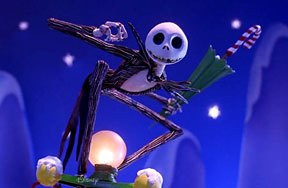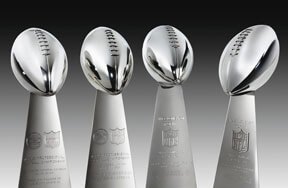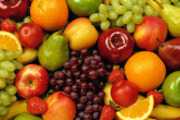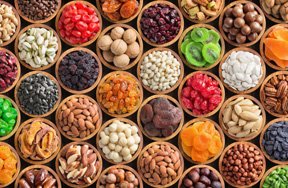The Food Guide Pyramid is one way for people to understand how to eat healthy. A rainbow of colored, vertical stripes represents the five food groups plus fats and oils. Here's what the colors stand for:
- Orange: grains
- Green: vegetables
- Red: fruits
- Yellow: fats and oils
- Blue: milk and dairy products
- Purple: meat, beans, fish and nuts
The U.S. Department of Agriculture (USDA) changed the pyramid in 2005 because they wanted to do a better job of telling Americans how to be healthy. The agency later released a special version for kids. Notice the girl climbing the staircase up the side of the pyramid? That's a way of showing kids how important it is to exercise and be active every day. In other words, play a lot! The steps are also a way of saying that you can make changes little by little to be healthier. One step at a time, get it?
The Pyramid Speaks
Let's look at some of the other messages this new symbol is trying to send:
Eat a variety of foods. A balanced diet is one that includes all the food groups. In other words, have foods from every color, every day.
Eat less of some foods and more of others. You can see that the bands for meat and protein (purple) and oils (yellow) are skinnier than the others. That's because you need less of those kinds of foods than you do of fruits, vegetables, grains and dairy foods.
You also can see the bands start out wider and get thinner as they approach the top. That's designed to show you that not all foods are created equal, even within a healthy food group like fruit. For instance, apple pie would be in that thin part of the fruit band because it has a lot of added sugar and fat. A whole apple would be down in the wide part because you can eat more of those within a healthy diet.
Make it personal. Through the USDA's MyPyramid website, people can get personalized recommendations about the mix of foods they need to eat and how much they should be eating. There is a kids' version of the website available too.
How Much Do I Need to Eat?
Everyone wants to know how much they should eat to stay healthy. It's a tricky question, though. It depends on your age, whether you're a girl or a boy and how active you are. Kids who are more active burn more calories, so they need more calories. But we can give you some estimates for how much you need of each food group.
Grains
Grains are measured out in ounce equivalents, which are just another way of showing a serving size. Here are ounce equivalents for common grain foods. An ounce equivalent equals:
- 1 slice of bread
- ½ cup of cooked cereal, like oatmeal
- ½ cup of rice or pasta
- 1 cup of cold cereal
- 4- to 8-year-olds need 4–5 ounce equivalents each day.
- 9- to 13-year-old girls need 5 ounce equivalents each day.
- 9- to 13-year-old boys need 6 ounce equivalents each day.
And one last thing about grains: Try make at least half of your grain servings whole grains, such as 100% whole-wheat bread, brown rice, and oatmeal.
Vegetables
Of course, you need your vegetables, especially those dark green and orange ones. But how much is enough? Vegetable servings are measured in cups.
- 4- to 8-year-olds need 1½ cups of veggies each day.
- 9- to 13-year-old girls need 2 cups of veggies each day.
- 9- to 13-year-old boys need 2½ cups of veggies each day.
Fruits
Sweet, juicy fruit is definitely part of a healthy diet. Here's how much you need:
- 4- to 8-year-olds need 1–1½ cups of fruit each day.
- 9- to 13-year-olds need 1½ cups of fruit each day.
Milk and Other Calcium-Rich Foods
Calcium builds strong bones to last a lifetime, so you need these foods in your diet.
- 4- to 8-year-olds need 2 cups of milk (or another calcium-rich food) each day.
- 9- to 13-year-olds need 3 cups of milk (or another calcium-rich food) each day.
If you want something other than milk, you can substitute yogurt, cheese, or calcium-fortified orange juice — just to name a few.
Meats, Beans, Fish, and Nuts
These foods contain iron and lots of other important nutrients. Like grains, these foods are measured in ounce equivalents. An ounce equivalent of this group would be:
- 1 ounce of meat, poultry, or fish
- ¼ cup cooked dry beans
- 1 egg
- 1 tablespoon of peanut butter
- ½ ounce (about a small handful) of nuts or seeds
- 4- to 8-year-olds need 3–4 ounce equivalents each day.
- 9- to 13-year-olds need 5 ounce equivalents each day.
We know that's a lot to swallow. The good news is that your mom, dad, and the other grown-ups in your life will help you eat what you need to stay healthy. There's more good news — you don't have to become a perfect eater overnight. Just remember those stairs climbing up the side of the new pyramid and take it one step at a time.

































